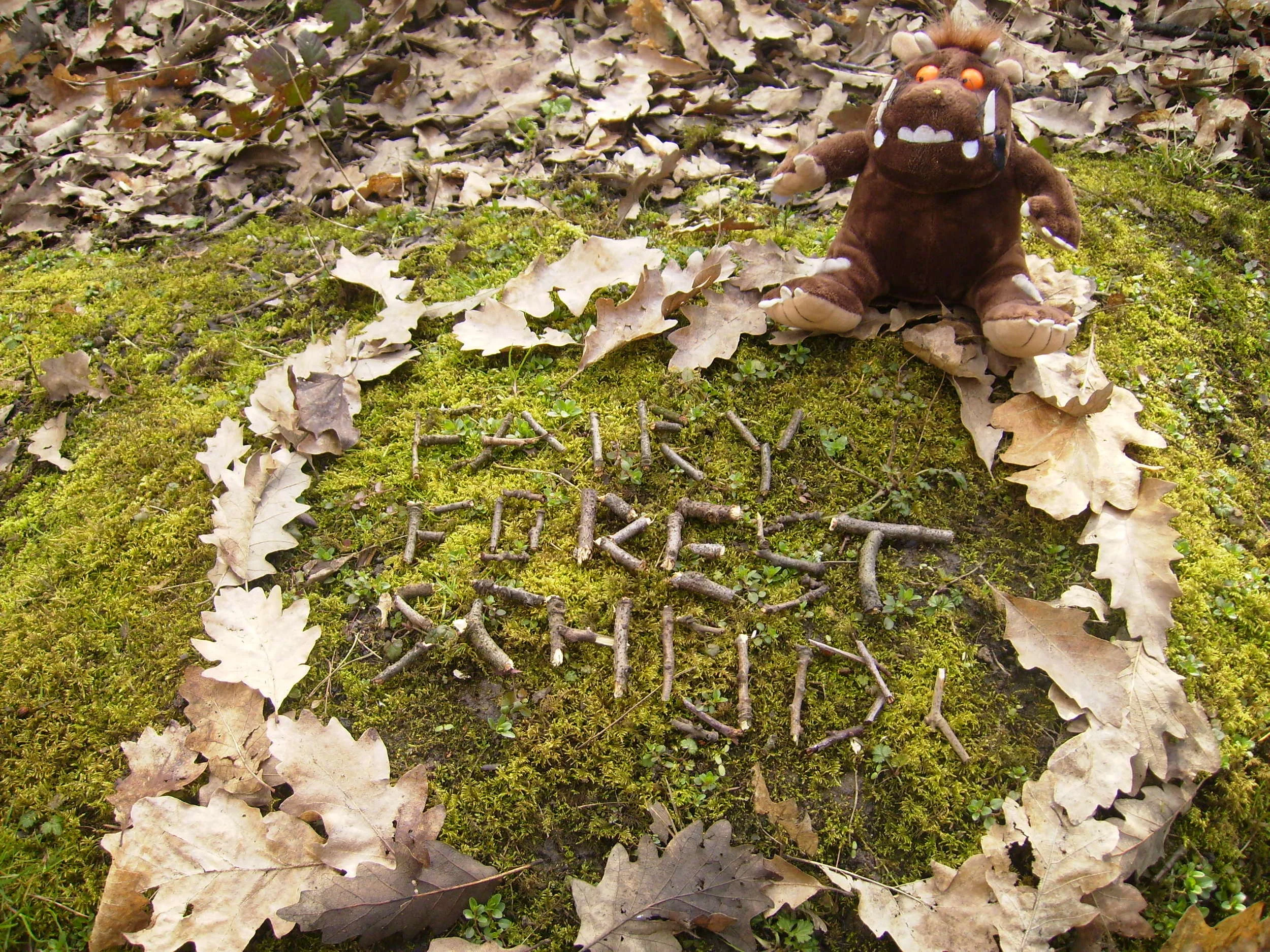DRAIN WATER BUTTS – What happens when water freezes? That’s right ice, ice baby. And just like in your outside copper pipes, that water will expand breaking your water butt, cracking your tap and turning something really useful into a something else to be thrown away. You can insulate them for a mild freeze by insulating them with old bubble wrap but by far the easiest thing is just to drain them. Put a bag of sand or dirt in there to weigh it down in case of high winds. Don’t use rubble or rocks as this can crack the base. And remember to start collecting water again in early Spring ready for Summer.
EXPOSE COMPOSTERS TO THE ELEMENTS– You’ve been putting all your garden/kitchen waste ready to make lovely compost. Its going to be cold so decomposition will slow down over the Winter months.
Hang on!!! Stable environment, rotting food – who do you think will like that? Yes! RATS. Now don’t panic that you’ve created the perfect hibernation spot for rats in your school and ditch going green. Simply leave the lid off your composter to let the elements in and make it less cosy for Ratty and family. Make it even less comfortable by dumping a bucket or two of water on it when you drain your water butt.
WINTERING WORMS – Wormeries are miles quicker than composters. They’re usually sealed so no rat problems. The problem is the knack in keeping the worms happy. They’ll need less food over Winter as their metabolism slows down but don’t starve them. If your wormery has holes then you may get ingress of water which could drown your worms so remember to drain the worm wee/tea regularly or even leave the tap open (prepare for a mess).
During cold spells the wormery might well freeze in which case all your worms will die horribly. Try to position your wormery inside, in a garage or greenhouse or if outside in sunlight. Insulate the wormery by wrapping it in old bubble wrap. A good idea is when starting a wormery is to layer the inside with cardboard to tuck them in, in case it gets cold.
Can’t be bothered? Too much hassle? Then tip out the wormery in a flower bed or veg patch and set them free. You can always start again in Spring.
FOREST SCHOOL – The leaves are falling off the trees. Don’t waste this wonderful art resource. Grab them (or even better send pupils on a leaf gathering mission) and place them between newspaper pages to dry them out before pressing them en-masse under a few books.
Collect pine cones, sticks and start making Christmas decorations!
You should be more vigilant on the weather as winter storms are more likely to bring down trees or branches so remember to check the forecast and regularly look up when out in the woods. The same goes for power lines if they’re going through your wood. If you see a branch or tree on the line or the cable is on the floor then stay well away, keep others away and call the power company – it may well be live!
Traditionally winter is the time to do tree work as the sap goes to the roots so any coppiced wood has lower water content and seasons more quickly. So now is a good time to get chopping.
SHUT THAT DOOR! Berate pupils that seem to have grown up in a barn. Make sure windows and doors are closed as often as possible. Keep internal doors closed too to keep the heat in. If you want ventilation (perhaps due to condensation) then try opening windows on the sunnier days only. Opening windows facing the sunlight as opposed to in shade means you’re more likely to get warmer, drier air but remember to close them before they go into shade or it gets dark because that’s when its chilly. Brrrr!





